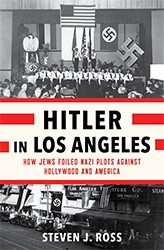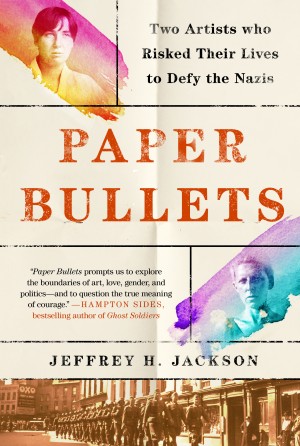Pulitzer Prize-winning journalist and author Eric Lichtblau has written a riveting account of how the CIA covertly allowed top Nazi scientists and political operatives to enter the United States because of their usefulness in the Cold War conflict with the Soviet Union after World War II. Lichtblau profiles the crimes of both the Nazis and their Eastern European collaborators, who lived out their lives in the U.S. protected by the CIA. Among the German scientists who entered the U.S. were Werner von Braun, the rocket scientist who led the team that put a man on the moon; Arthur Rudolph, von Braun’s assistant, who together with von Braun used slave labor in the Nazi V‑2 rocket program; Hubertus Strughold, who oversaw a clinic in Nazi Germany where brutal human experiments were conducted on children and prisoners, but in America came to be known, because of his work with the Air Force, as the father of space medicine. Then there were the Eastern Europeans such as Croatia’s cabinet minister, Andrija Artukovic, who was implicated in the murders of hundreds of thousands of Serbs, Jews, Roma, and other non-Aryans. He lived in Southern California for nearly forty years before the U.S. extradited him to Yugoslavia in 1986 for war crimes.
The list goes on and on — sixteen hundred alone in Operation Paperclip and thousands more, many from Eastern Europe, who found a safe haven in the United States. Why? American policy after the Nazi defeat was best summarized by Allen Dulles, the first director of the CIA, when he wrote in regard to the confrontation with the Soviet Union, that we “should be free to talk to the Devil himself” if it would help in the Cold War. Dulles believed the U.S. benefitted from working with more “moderate” Nazis.
Lichtblau gives due credit to those who soon after the war became aware of the presence of Nazis in America. Among them was Chuck Allen, a journalist from Philadelphia who began investigating suspected Nazis as early as the 1960s; Congresswoman Elizabeth Holtzman, who spearheaded the creation of the Justice Department’s Nazi hunting office in 1979; Eli Rosenbaum, an indefatigable hunter of Nazis in the newly created government agency, and many others. But there were also those who tended to sympathize with Nazis whom the Justice Department attempted to deport. Chief among them was Pat Buchanan, and Lichtblau provides a full account of his efforts to thwart the efforts of the Nazi hunting office.
Lichtblau’s book is an important, fascinating read.
Related content:
Interview
Read Elise Cooper’s interview with Eric Lichtblau here.





